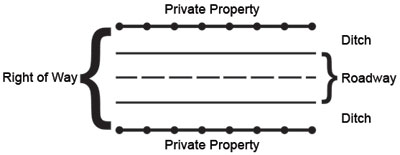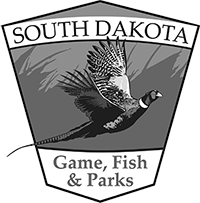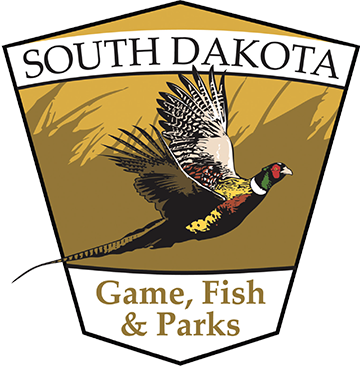Hunting Areas Information
A hunting guide is defined as a person who holds himself or herself out to the public as a hunting guide and (for compensation or remuneration) directs or provides services to any person for the purpose of hunting any wild animals.
No person, acting as a hunting guide, may guide any hunting activity on state-owned or managed
- Game Production Areas
- State parks
- Recreation areas
- Lakeside use areas
- Federal land leased or under agreement to South Dakota
- Land posted as a Game Production Area and managed for wildlife purposes
- Waterfowl production area
- Federal refuges
- Private land leased or under agreement to GFP for the purpose of providing public access
- Highways or other public rights-of-way within this state*
*The hunting guide or employees of a hunting guide may guide a hunting activity on the road right-of-way immediately adjacent to property owned or leased by the hunting guide.
Tom Roster's Nontoxic Shot Lethality Table
| Area | Turkey | Upland Birds | Waterfowl |
|---|---|---|---|
| GPA | No | Yes | Yes |
| WPA | No | Yes | Yes |
| BLM | No | No | Yes |
| USFS | No | No | Yes |
| School/Public Lands | No | No | Yes |
| WIA | No | No | Yes |
| CREP | No | No | Yes |
| CHAP | No | No | Yes |
| COOP | No | No | Yes |
Public road rights-of-way are open for the hunting of small game and waterfowl. No person may hunt within 660 feet of schools, churches, occupied dwellings and livestock.
The hunter or the small game animal being shot should not be within the 660-foot safety zone.
The public right-of-way along a section line or other highway is open for hunting if
- The right-of-way has been commonly used by the public for vehicular travel, as demonstrated by the existence of a well-worn vehicle trail.
- An intentional alteration or adaptation has been made to the right-of-way to enhance the natural terrain's utility for vehicular travel or to permit vehicular travel where it was not possible before.
NOTE: Fences may not be placed on a right-of-way boundary, and occasionally, there is no fence. Most section line rights-of-way are 66 feet wide. Some acquired rights-of-way are wider.

- Hunters can take only small game (except doves) and waterfowl within the right-of-way on foot. The hunter must be within the right-of-way and the game must have taken flight from within or be flying over the right-of-way.
- Hunters must park or stop their vehicle as far to the right-hand side of the road as possible.
- When discharging a firearm, the hunter must be more than 50 yards from the vehicle (the doors on the side of the vehicle nearest the roadway must be closed, but the engine may remain running).
- If the hunter is less than 50 yards from the vehicle, all the doors of the vehicle must be closed and the engine shall be turned off.
- Shooting small game and waterfowl that takes flight from a public right-of-way over a Federal Refuge or Indian Tribal Trust lands is prohibited. If a State-licensed hunter shoots at a bird across the fence on either of these lands, the hunter may be subject to arrest by Federal Fish & Wildlife officers.
- Small game and waterfowl taken from the right-of-way, but falling onto private property can be retrieved by unarmed hunters on foot.
- No person may discharge a firearm, muzzleloader, crossbow or bow and arrow at any big game animal (except turkey to be taken with a shotgun using shot shells or with a bow and arrow) from within the right-of-way of an improved public highway.
- Discharging firearms or other weapons across or from any Black Hills National Forest system road is prohibited.
- Any person who, while hunting a road right-of-way, negligently endangers another person, or puts that person in fear of imminent serious bodily harm, is guilty of a Class 1 misdemeanor.
No person (except the landowner or anyone with landowner permission) may hunt on public waters that inundate private land within 660 feet of livestock, occupied dwelling, churches or schoolhouses.
National Forests and Grasslands in South Dakota now have Travel Plans in effect. If you are planning a trip for hunting, fishing or other recreation please contact the local Forest Service office for the location you are considering to find out which roads, trails, and areas are open for highway and off road motorized travel, and if seasonal restrictions apply. New roads, trails, and areas have been developed and some roads, trails, and areas you may have used in the past may be closed to public use. Recreation fees may apply. Visit www.fs.usda.gov for more information.

